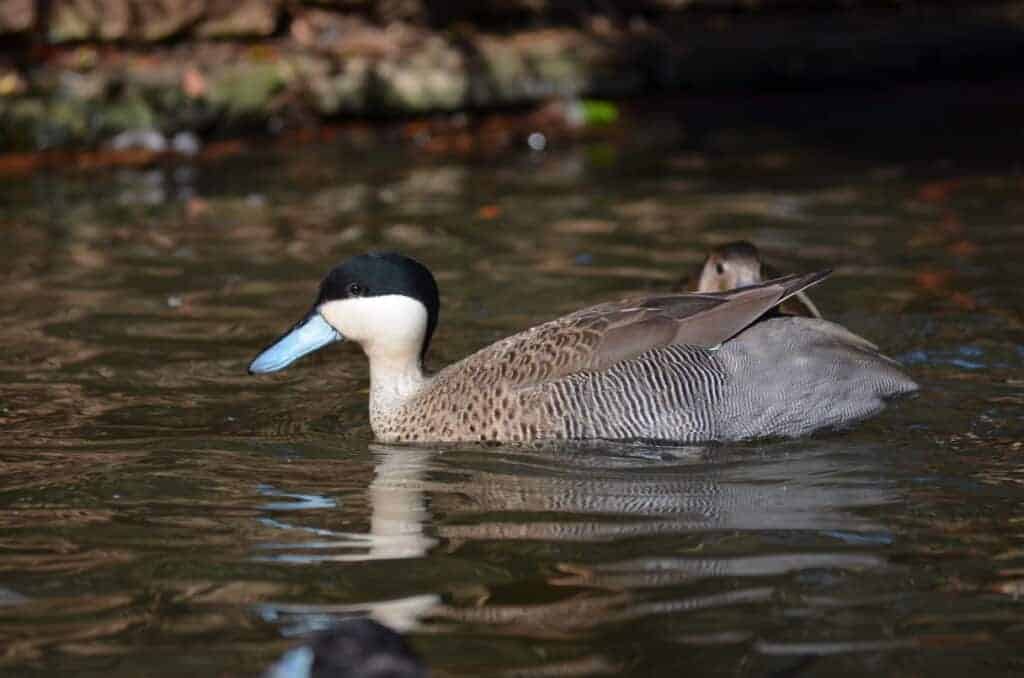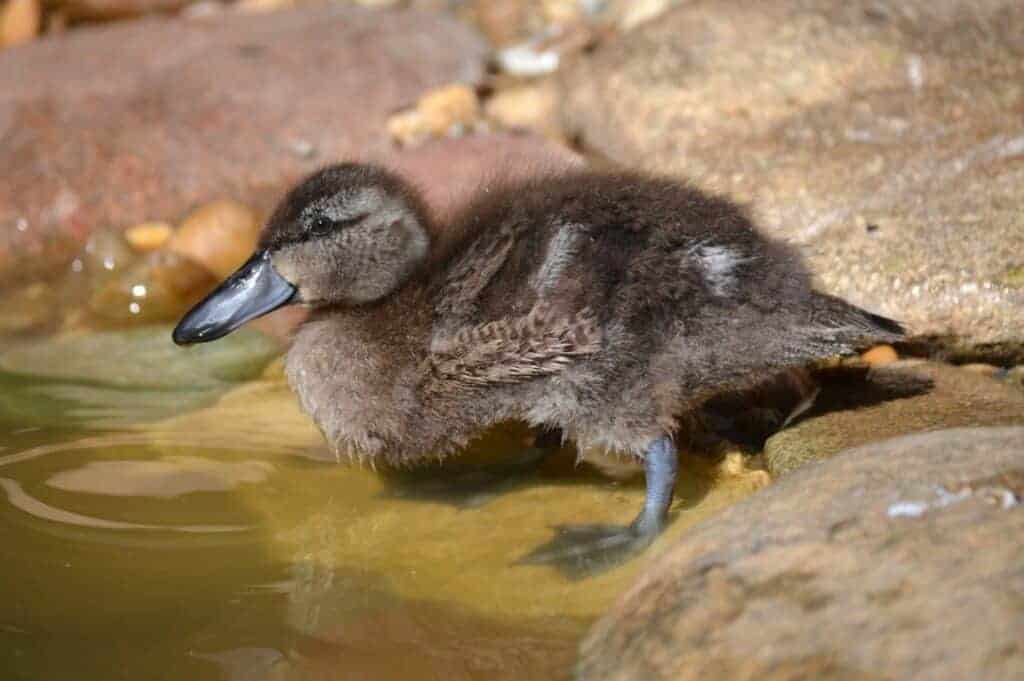Puna Teal


This species has a very large range and population size, so the IUCN Red List status of the Puna Teal is currently Least Concern.
Spatula puna
Puna Teal was once considered conspecific with its smaller cousin, the Silver Teal Spatula versicolor. The Puna is a common resident of high-altitude Andean lakes, found from Peru and Bolivia south to northern Chile. Though the plumage is similar to that of the Silver Teal, the Puna is a considerably bigger bird with a distinctive all-blue bill. In addition, the flanks are finely, not broadly, barred, and the crown and hind neck blacker. The females of the two species are similar, but the Puna’s larger size and blue beak are diagnostic.


Because of the lack of an eclipse plumage and the fact that there is little sexual dimorphism – both sexes are bright and attractive – these ducks have long been popular in captivity, where they are well established. Their hardiness reflects the altitude they occur in the wild (up to 10,000ft). They do well in mixed collections, but do not like competition from other ducks, and need clean, good-quality water to thrive.

Early nesters, Puna Teal lay small clutches of four or five eggs; they generally use natural cover, but will nest in suitable boxes. The fluffy grey ducklings hatch after 25 days.
FURTHER READING
BirdLife International (2021). Species factsheet: Spatula puna
Share this page